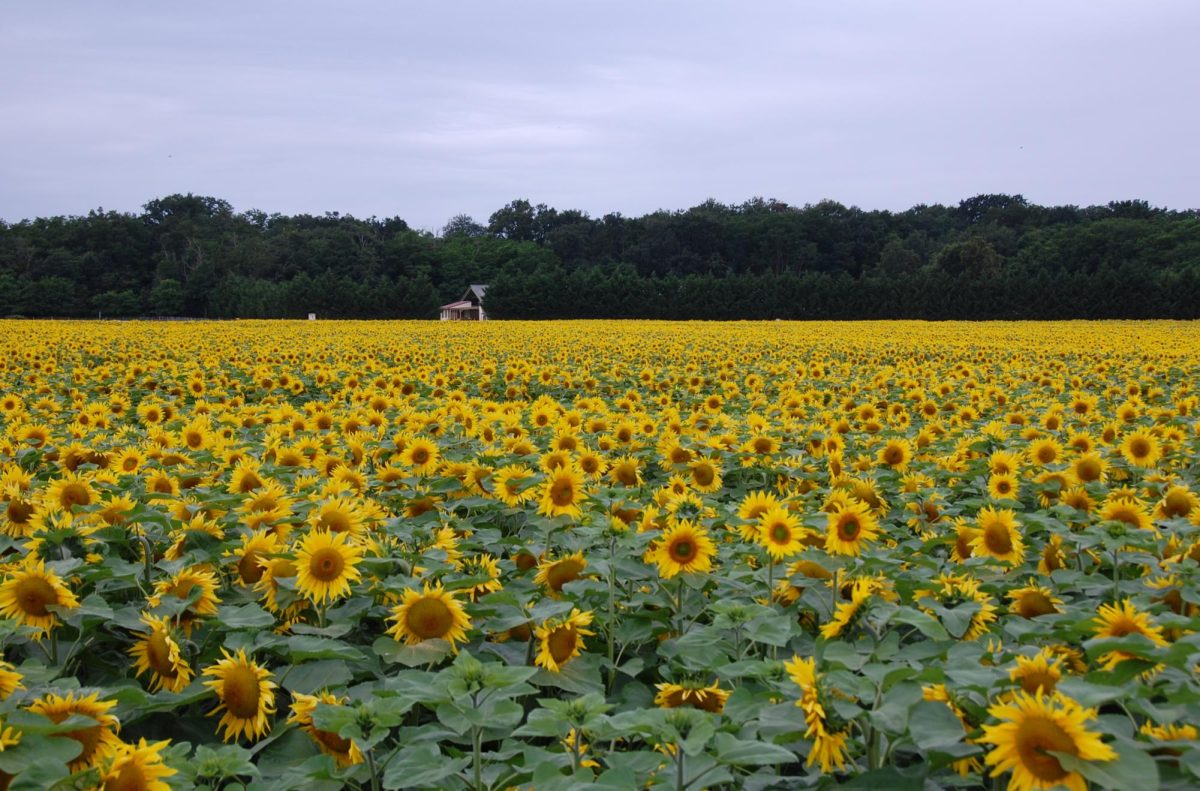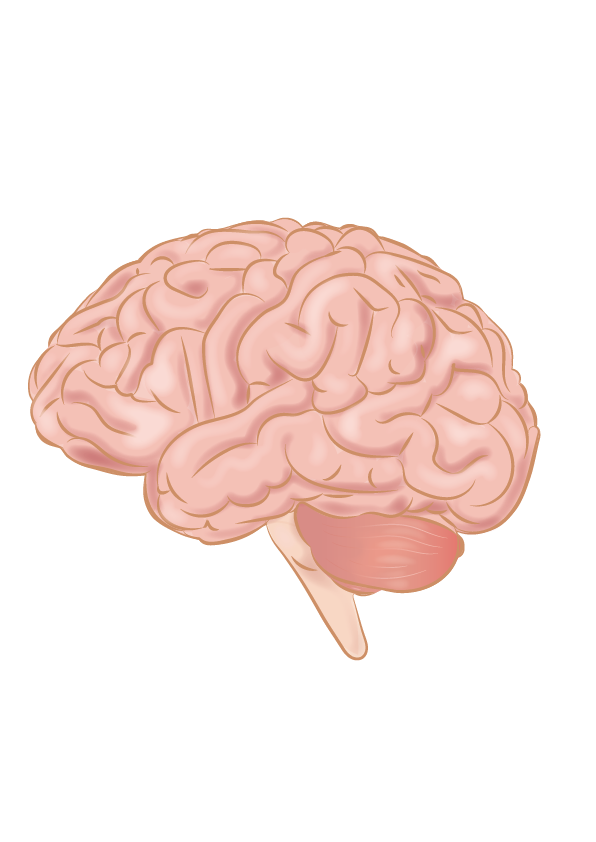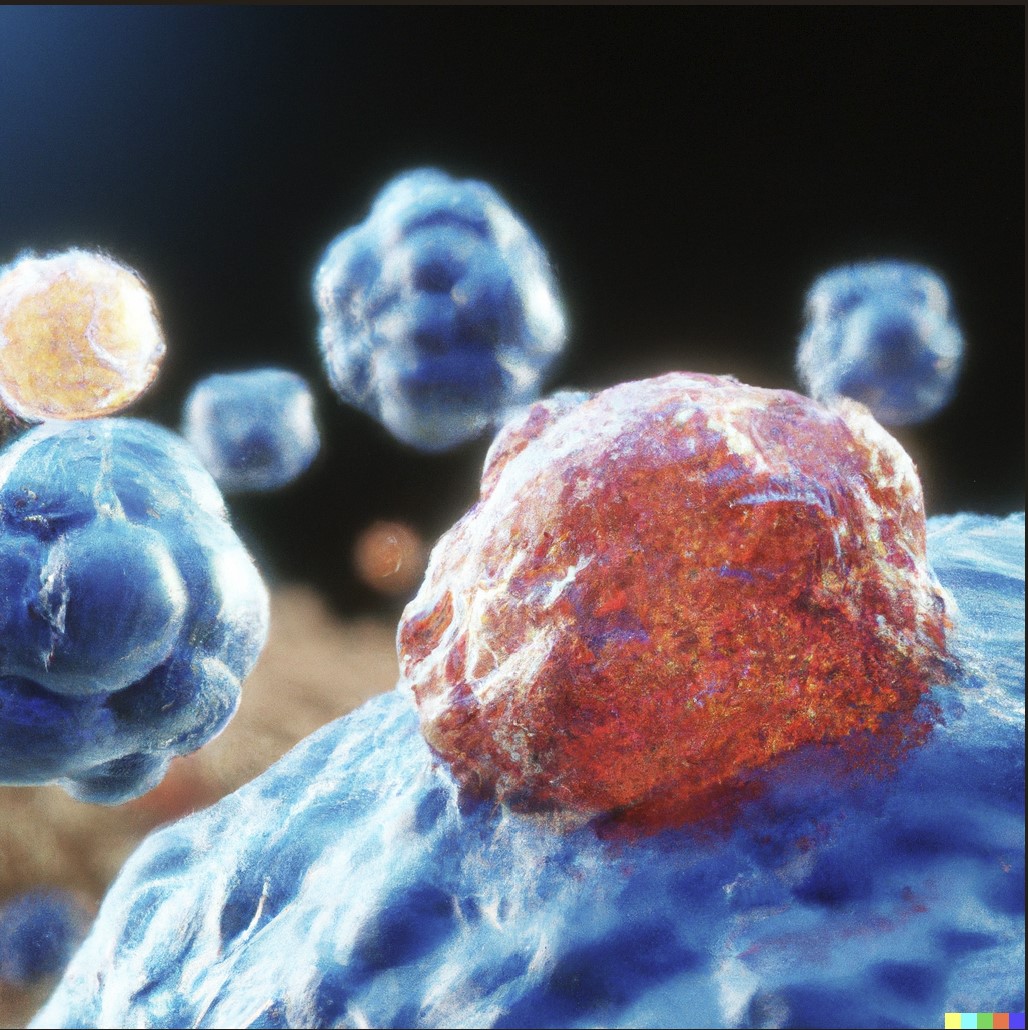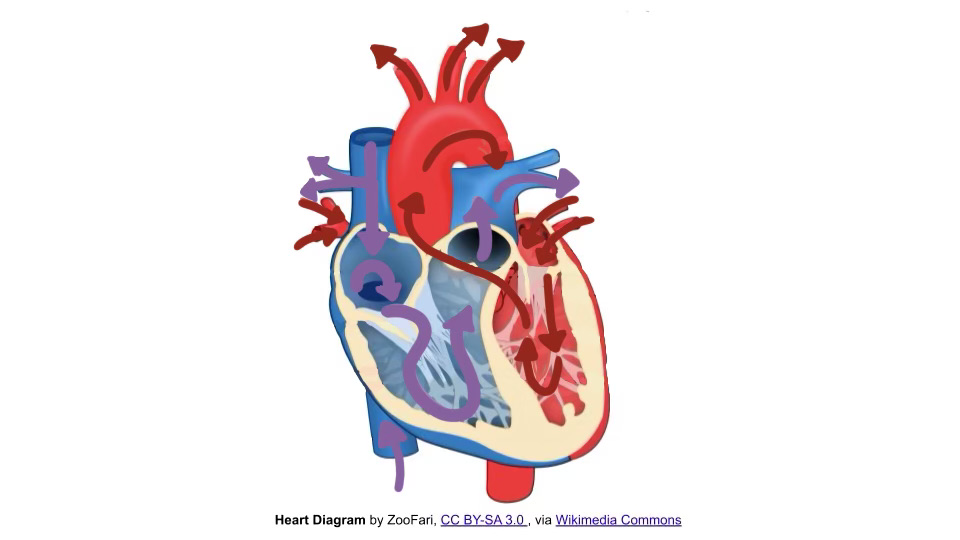It is known that sunflowers track the sun’s movement and turn their faces to follow it across the sky. Researchers at the University of California, Davis looked more closely into the mechanics of this response that sunflowers elicit. They relied on varied light responses to reorient themselves and published their findings to Plos Biology.
The lab previously found that sunflowers use their internal circadian clock to help anticipate the sunrise. Sunflowers can also coordinate their florets’ opening if any pollinating insects appear in the morning.
Scientists have established that most plants primarily rely on phototropism, which is the ability to grow toward a light source to aid them in turning their faces to the sun. Researchers assumed that sunflowers functioned using the exact mechanism, but they employed a unique method.
Scientists researched to find that sunflowers’ solar tracking is due to heliotropism. The theory surrounding heliotropism is that as the sunflowers turn westward the cells elongate on the east side of the stem, but at night the cells on the west side elongate, which is why by the morning sunflowers have reoriented to face the east.
The focus of the Plos Biology study was to see the contrasting gene activity patterns when exposing sunflowers to different settings both in a lab and in a natural environment.
Indoors, the sunflowers grew directly towards the light in a controlled environment. The activation of genes associated with phototropin – a blue light receptor for plants – was recorded during this time.
Outdoors, in a natural environment, sunflowers exhibited an entirely different gene expression. The genes associated with heliotropism have yet to be identified.
“We seem to have ruled out the phototropin pathway, but we did not find a clear smoking gun,” Professor Stacey Harmer, a senior author of the research commented.
Researchers tested different approaches by blocking different types of light within the lab experiment, but it did not affect the heliotropism response, indicating the presence of multiple pathways.
Additionally, the team of researchers found that when the indoor plants were moved outdoors the sunflowers instantly began to track the sun. This activated a different pattern of genes indicating that there is an adjustment mechanism built into the sunflowers.
Sunflower’s unique mechanism in this phenomenon showed that there are different responses to light on the basis of wavelength but are trying to achieve the same goal throughout. The new pathways that were found for growth and seeking out light offer interesting information on sunflowers and plant life alike.









